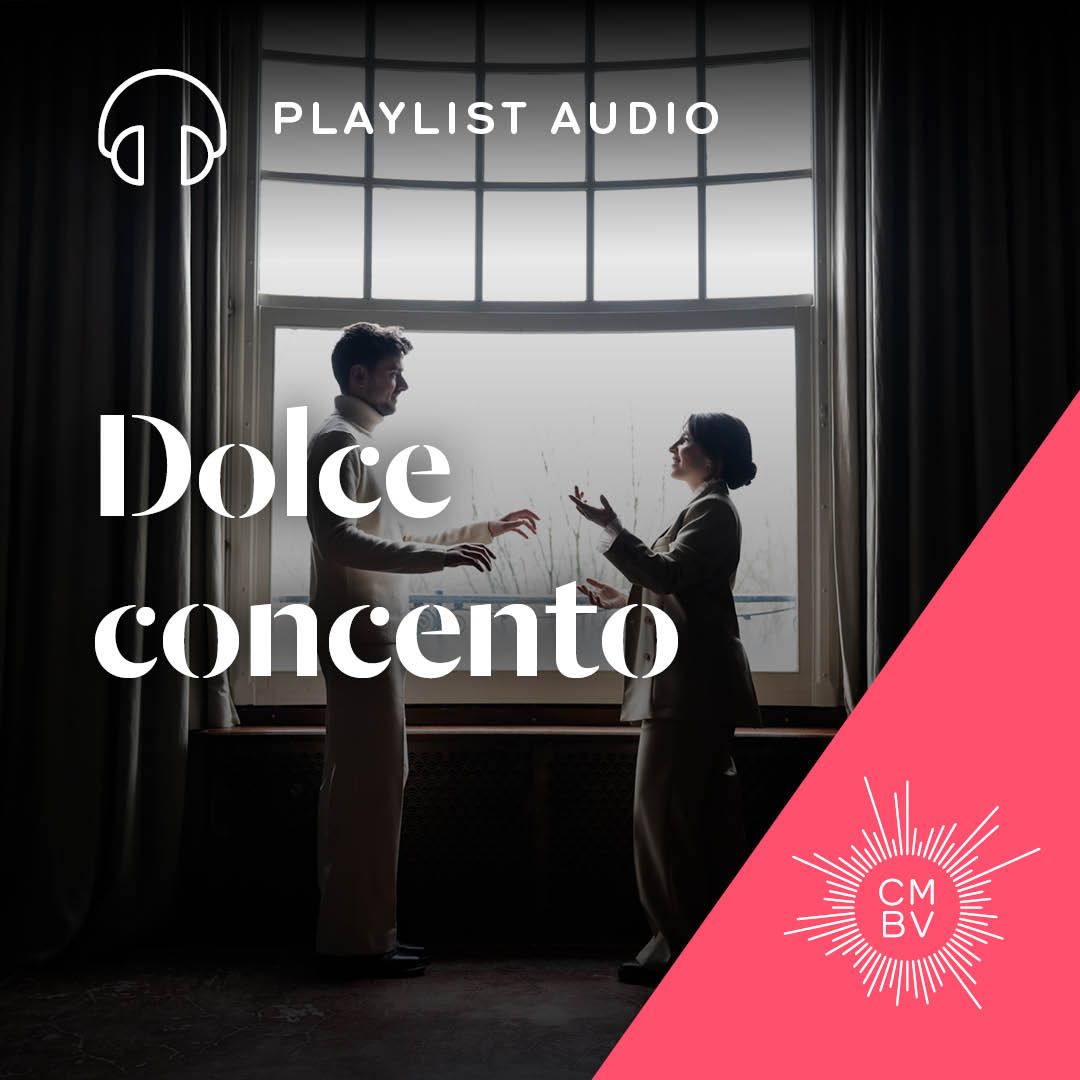Each month, the Centre de musique baroque de Versailles establishes a thematic playlist for you to experiment an immersive journey in the French musical repertoire of the 17th and 18th centuries. Enjoy the music!
By Ensemble La Palatine, ensemble in residence at CMBV from 2022 to 2024, on the occasion of the Lab'baroque project
Dolce concento
By Guillaume Haldenwang, co-director of the Palatine Baroque ensemble.
Have you ever heard of Gatti, Stuck, Guido, Bembo, or Lorenzani ?
All those Italian composers are today eclipsed by the towering figure of Jean-Baptiste Lully, the Sun-King’s all-powerful Director of Music. And yet they occupied a centralplace in the musicla landscape of 17th century France – the age that French historians call ‘Le Grand Siècle’ – ‘the Great Century’. For although Louis XIV’s efforts during the whole of his reign were directed at promoting a typically French art, he was also a keen collector of the paintings of Caravaggio and Guido Reni, gave commissions to Bernini, and had a particular appreciation for Italian music.
From the King’s childhood to the dusk of his reign, we wanted to create – in three ‘acts’ – the evolution of this Italian presence in France. Act I, the programme’s first part, evokes the era of Cardinal Mazarin, during which an ambitious young man from Florence appears on the scene, one Giovanni Battista Lulli. The second part transports us to the 1670s, when composers from the south crossed the alps to try their luck in the kingdom of France. In this eventful period, one in which different aesthetics mingled or opposed each other, we encounter the very diverse talents of Gatti, Stuck and Bembo. Finally, the third ‘act’ illustrates the stylistic turning point ni the often strikingly Corellian works by Stuck and Guido, both of them invited to France by the future Regent, Philippe of Orléans.
In this recording, we wanted to go beyond Lully, that great tree which conceals the rest of the forest, and restore to its rightful place a repertoire that seems to us essential to an understanding of the musicla tastes of the period. After exhaustive research, we have selected from this rich body of wordk not jus tour favourites, but also pieces that seem to best demonstrate the unique interest of this repertoire. Some of the scores, particularly those by Gatti, turned out to be particularly challenging to edit, duo to many errors found in the sources. We had to undertake a highly detailed work of correction, sometimes rewriting the middle voices as well as supplying a great deal of ornementation, following the principles enshrined in Muffat’s Florilegium Secundum of 1698.
From our very first rehearsals, hearing these forgotten works was a deeply emotional experience for us. We shall always remember Nicholas’s radiant smile when, on a silken carpet of harmonies, the words resounded: ‘Divine Father of Harmony, give potency to our well-tutored chords; and with the fire of your ardent rapture, heat our blessed spark of genius.’
Translation : John Thornley














